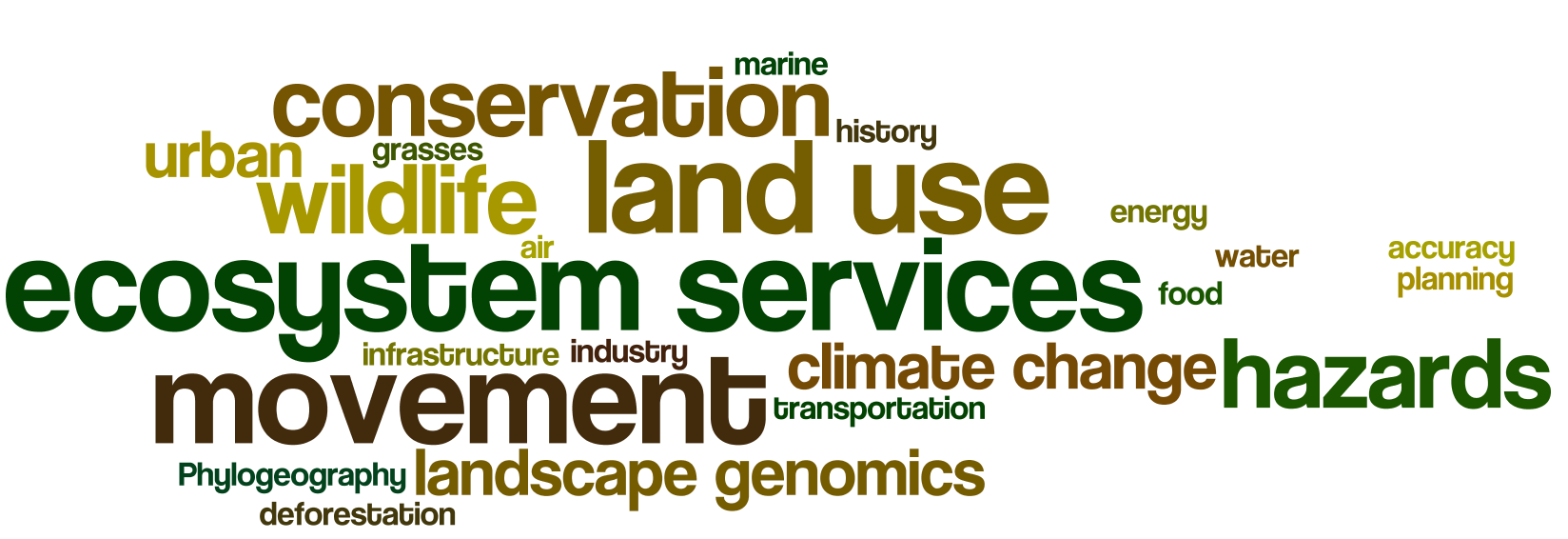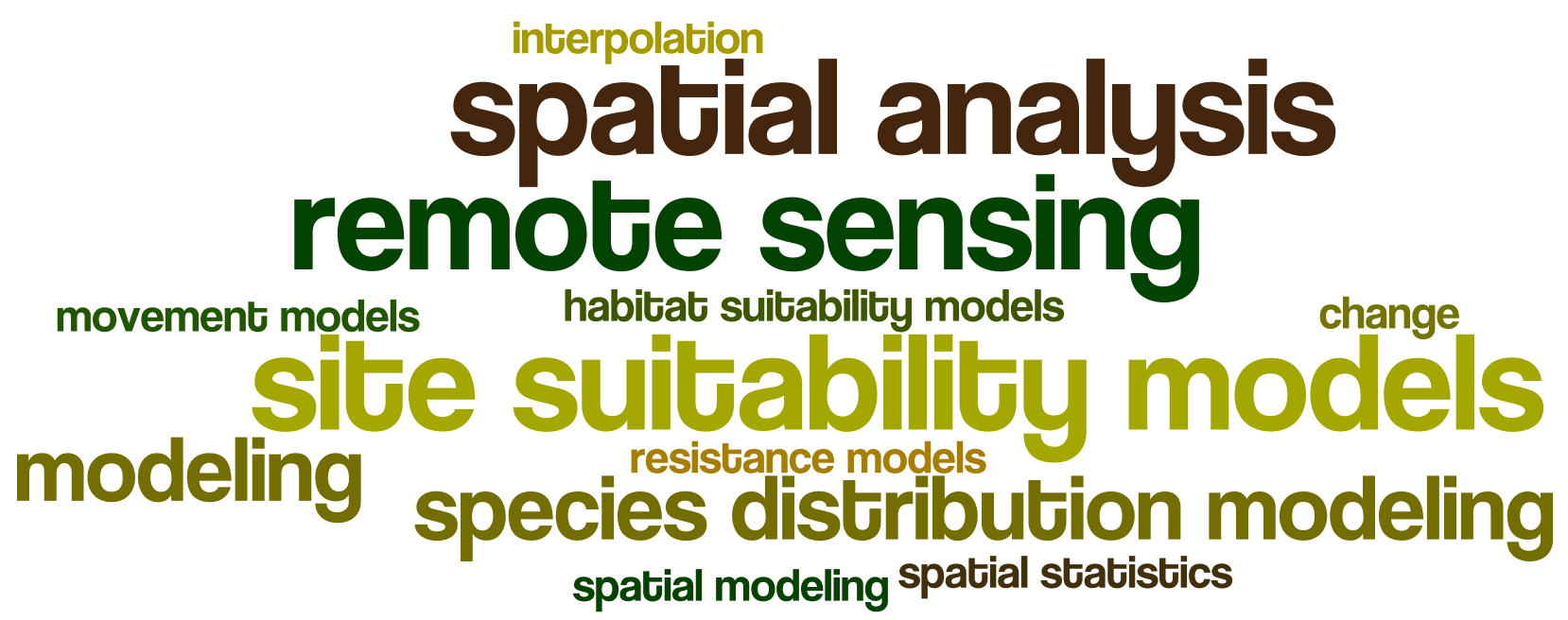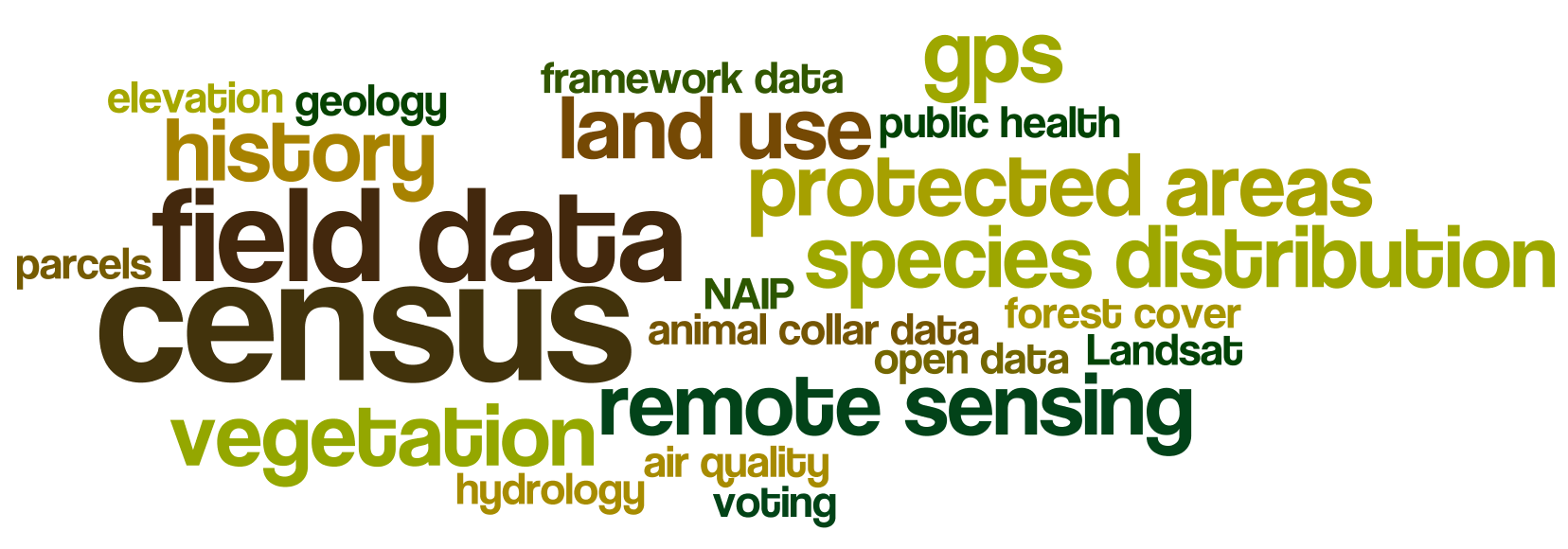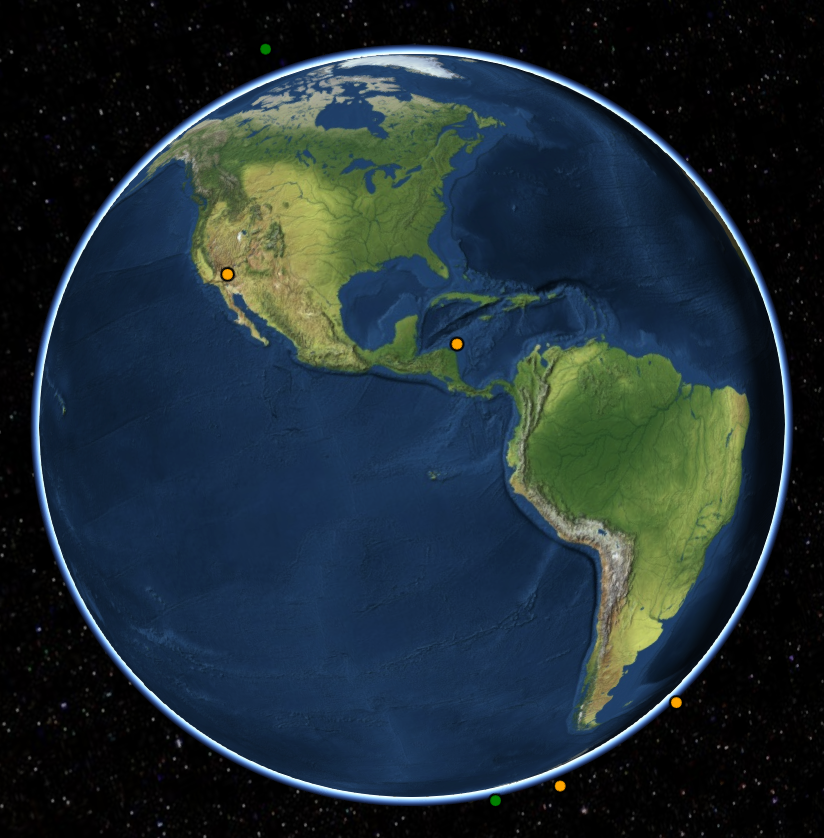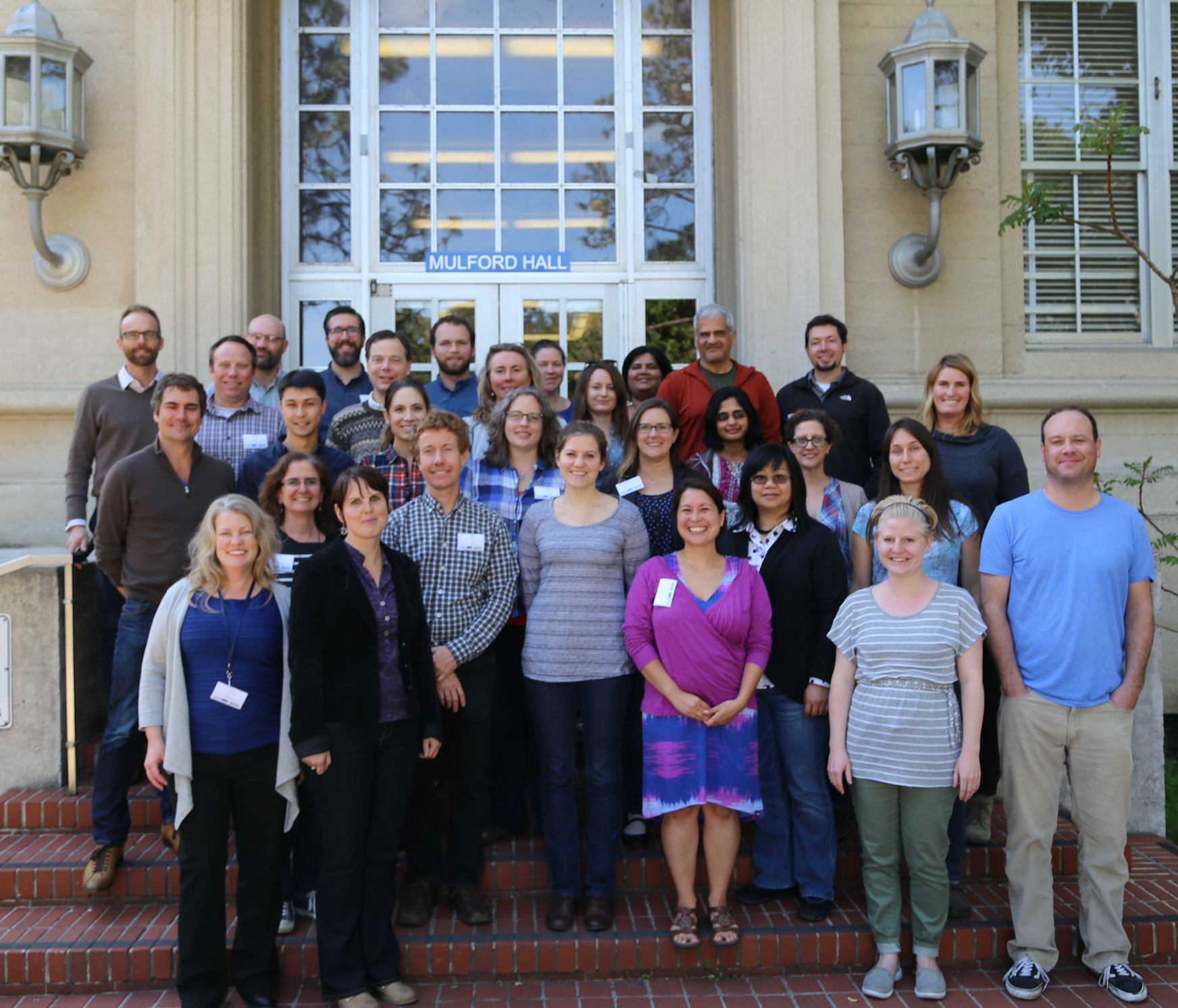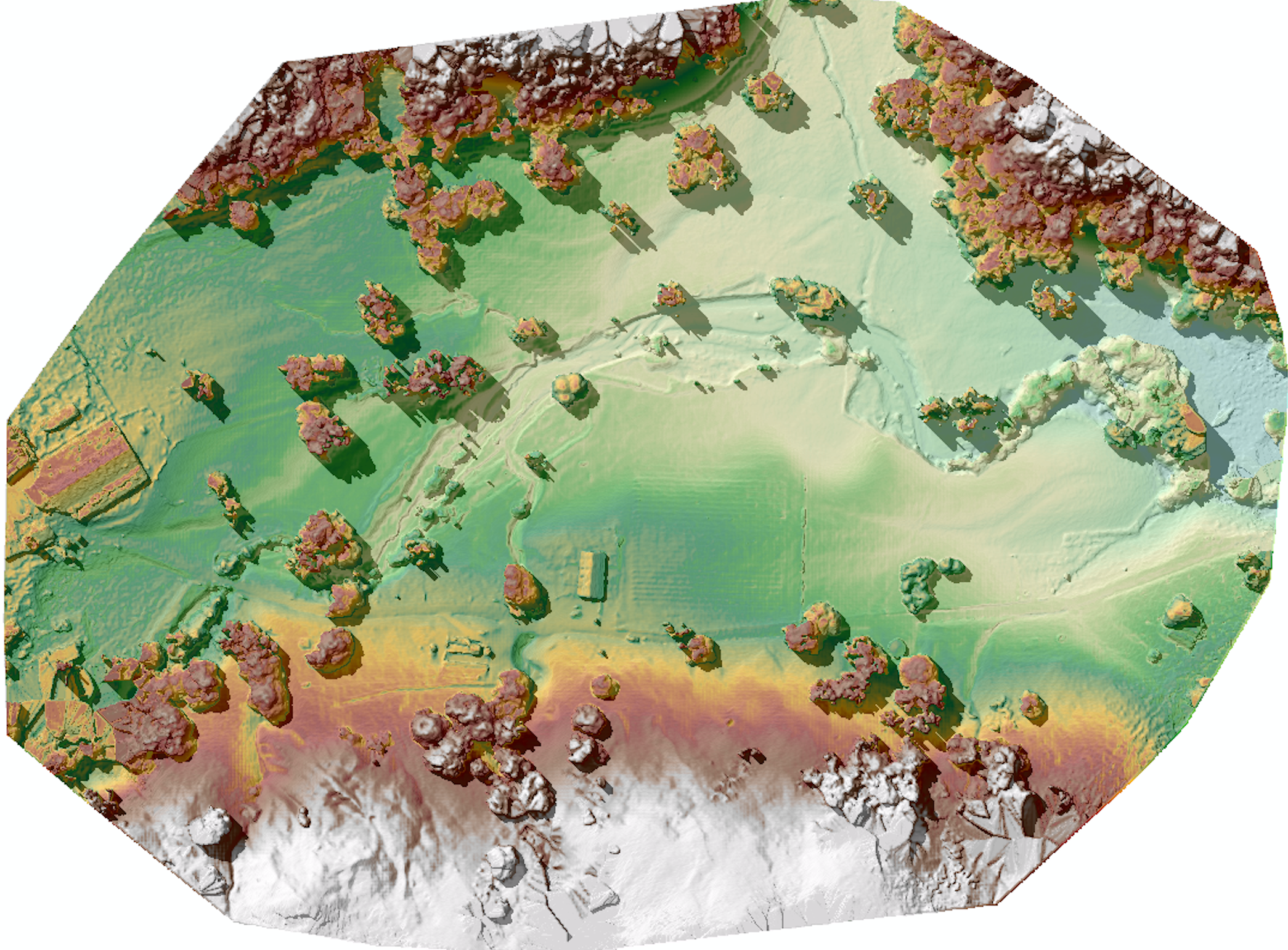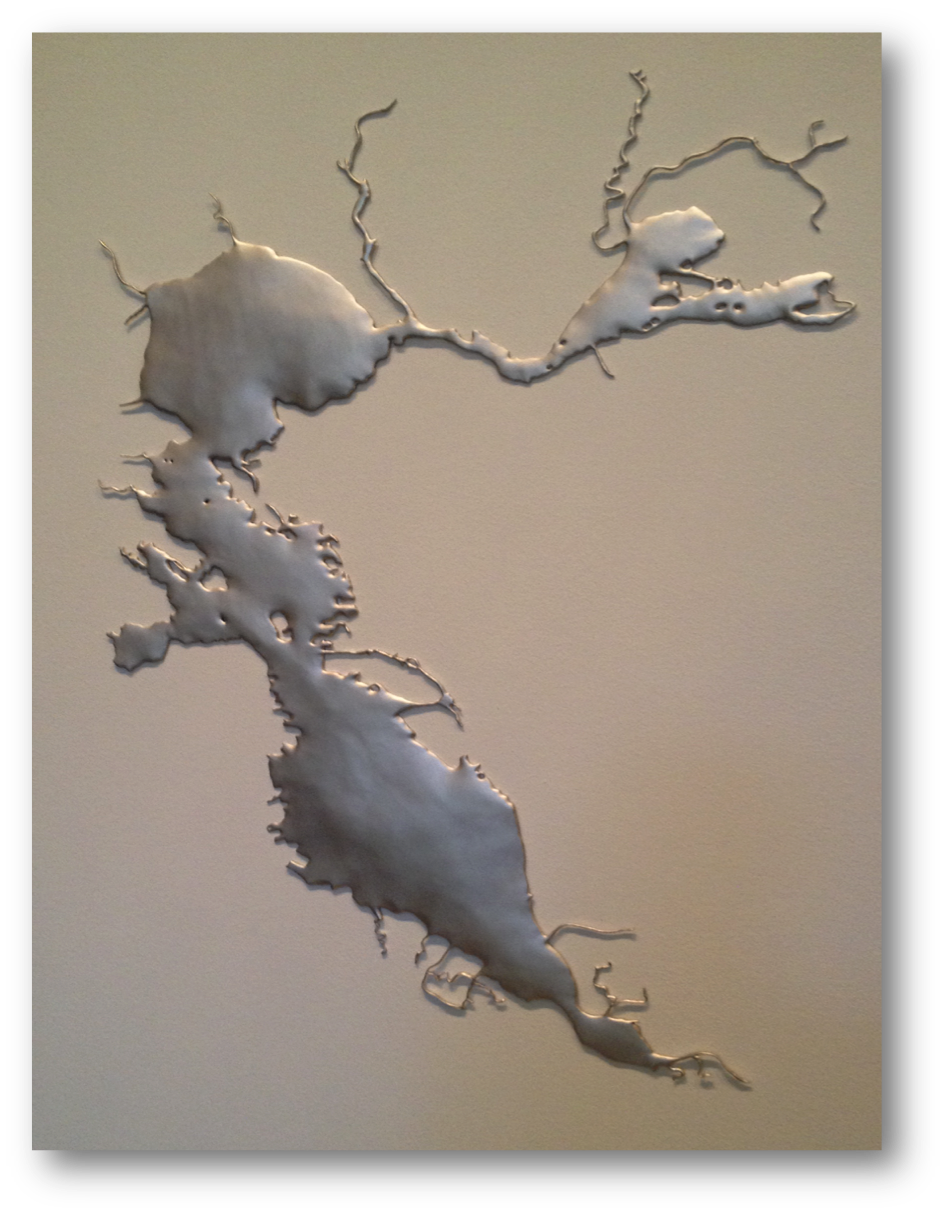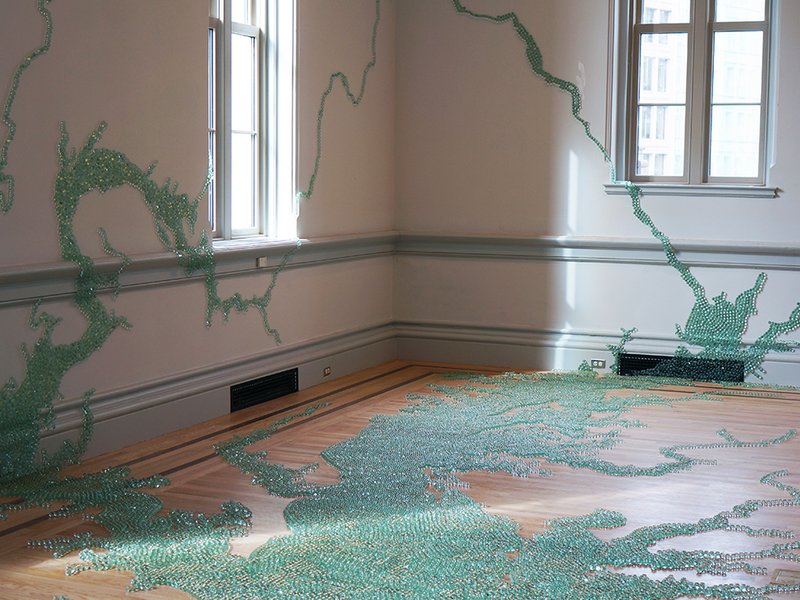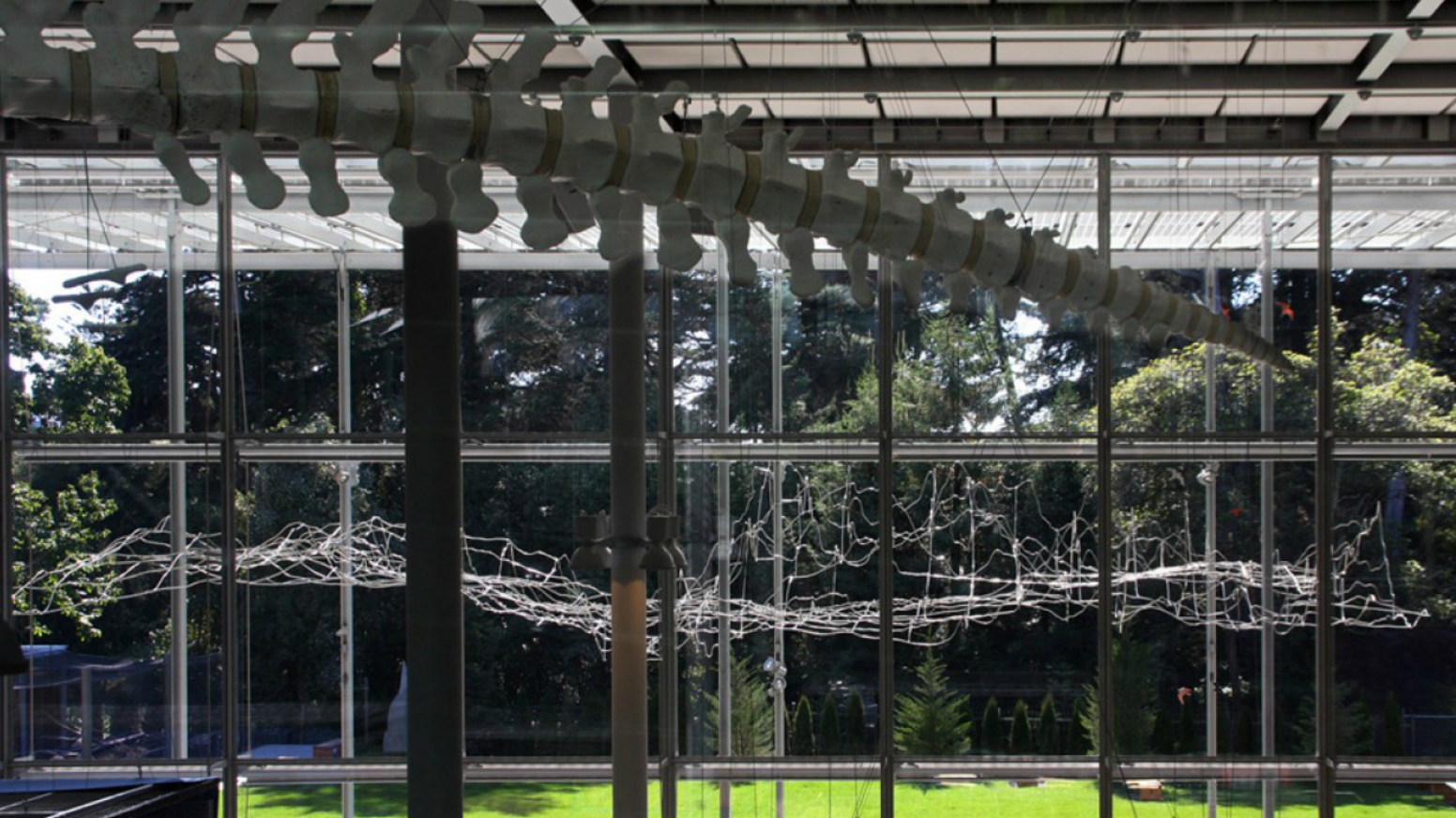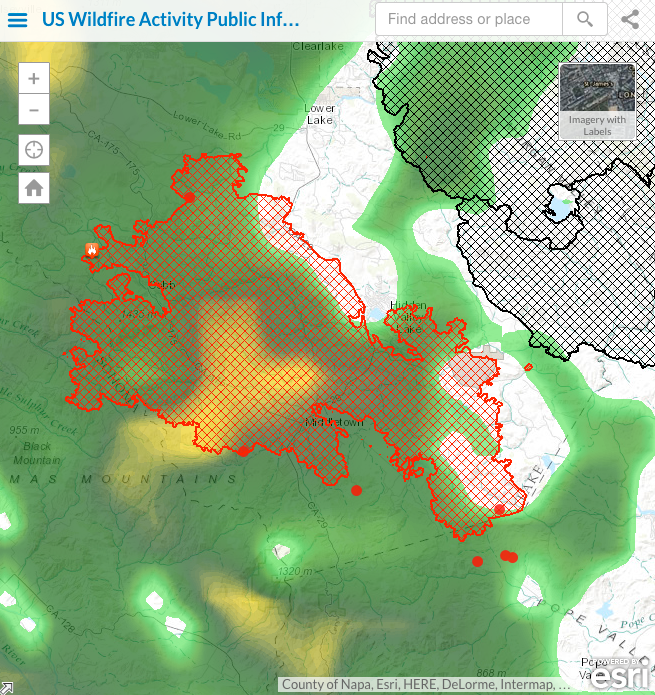On January 15th we will hold a full day free workshop on Open Mapping Tools using ESRI.
Welcome to the Esri GeoDev HackerLab. This is an eight-hour, mentored, hands-on lab for developers (novice or experienced) where you will learn how to build maps and apps for the web, devices, and desktops using ArcGIS and other technologies.
Here is what we will cover:
1. A brief intro to ArcGIS Online for developers. Get the free dev subscription and we put the tools right into your hands.
2. Data: Search, find, connect to, import, edit, collect, translate, convert, and host datasets and web services. You will also use a variety of cloud-based geoanalytical tools to make better sense of the data and export new datasets for your apps to use.
3. Design: Create web maps tailored to the needs of your end users using layer selection, thematic rendering, popups, and more.
4. Develop: Build customized apps with or without code, using templates, builders, APIs, and SDKs, from Esri and from other popular open source technologies.
The labs are divided into modules that you can do in any order. Choose ones you want to learn, and skip those you already know. You can bring your own data or use tutorial data that we provide. Use web maps of your own or build ones on-site during the lab. If you are a coder, dig into APIs and SDKs from Esri or compatible open source libraries. If you aren’t a coder, you can still build highly customized production-ready apps using templates and builders.
The tutorials are going to be led by developers from Esri, who will either guide you along the way or assist you as you choose your own learning path.
Stay tuned for sign-up information!
 Monday, August 29, 2016 at 7:40PM
Monday, August 29, 2016 at 7:40PM 